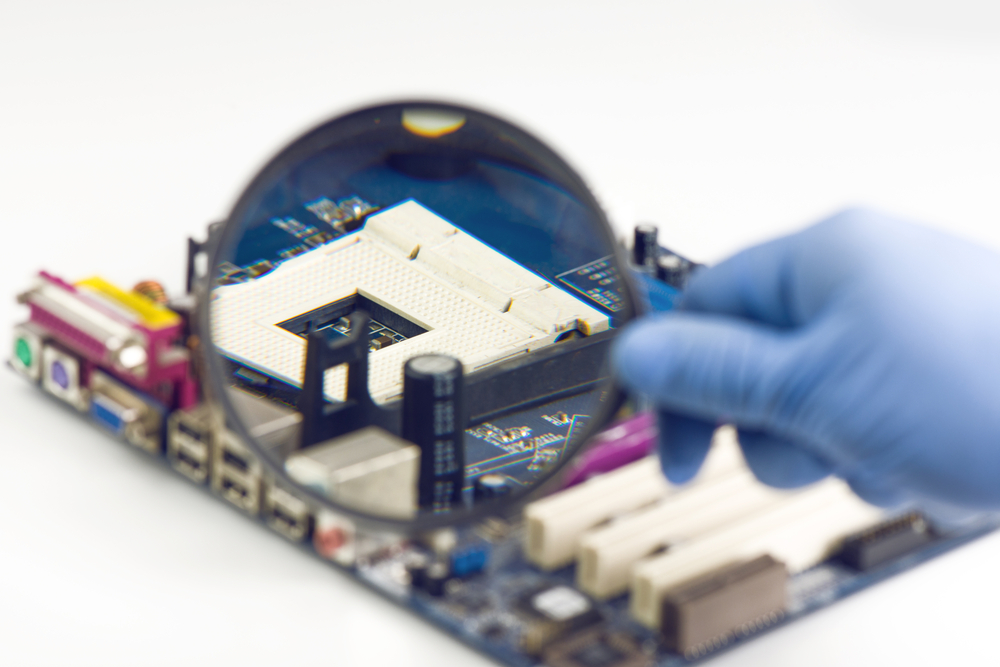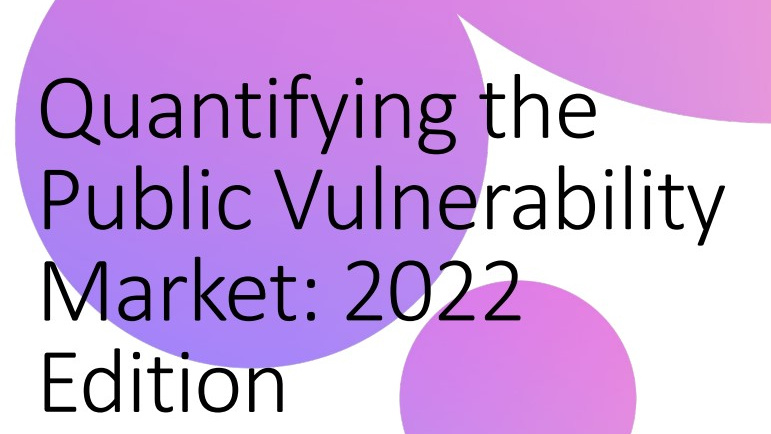Supermicro finds no evidence of China spy chip infiltration
An investigation of the firm’s products finds no evidence of tampering as its CEO hits back at the initial reports


Hardware manufacturer Supermicro has released the findings of an audit showing no evidence that malicious chips have been inserted into its widely-used motherboards.
Concerns were sparked after a Bloomberg report in October alleged Chinese operatives had been conducting covert surveillance on major firms such as Apple and Amazon by inserting spy chips' onto Supermicro's motherboards.
But the firm has now shared the results of a "thorough investigation" of its hardware conducted via a third-party investigations firm and has concluded its chips have not been infiltrated by any threat actors.
"After thorough examination and a range of functional tests, the investigations firm found absolutely no evidence of malicious hardware on our motherboards," Supermicro's president and CEO Charles Liang said in a letter to customers.
"These findings were no surprise to us. As we have stated repeatedly, our process is designed to protect the integrity and reliability of our products."
After the allegations first emerged, both the US Department for Homeland Security (DHS) and the UK's National Cyber Security Centre (NCSC) backed up Supermicro's statements, each suggesting there were no reasons to doubt the denials.
But the statements came after no official investigation had taken place, with the findings of the newly published security audit, conducted by a third-party company, the only examination of Supermicro's hardware since the reports emerged.
Sign up today and you will receive a free copy of our Future Focus 2025 report - the leading guidance on AI, cybersecurity and other IT challenges as per 700+ senior executives
"As we have stated repeatedly since these allegations were reported, no government agency has ever informed us that it has found malicious hardware on our products," Laing continued.
"No customer has ever informed us that it found malicious hardware on our products, and we have never seen any evidence of malicious hardware on our products.
"Today's announcement should lay to rest the unwarranted accusations made about Supermicro's motherboards. We know that many of you are also addressing these issues with your own customers."
The investigations firm tested a representative sample of Supermicro's motherboards, including the specific motherboard Bloomerberg referenced in its initial report, motherboards bought by companies referenced in the article, and more recently manufactured hardware.
Supermicro has also said there is a range of safeguards in place to ensure it's difficult as possible to release motherboards that have been tampered with or infiltrated by threat actors, Chinese or otherwise.

Keumars Afifi-Sabet is a writer and editor that specialises in public sector, cyber security, and cloud computing. He first joined ITPro as a staff writer in April 2018 and eventually became its Features Editor. Although a regular contributor to other tech sites in the past, these days you will find Keumars on LiveScience, where he runs its Technology section.
-
 Trump's AI executive order could leave US in a 'regulatory vacuum'
Trump's AI executive order could leave US in a 'regulatory vacuum'News Citing a "patchwork of 50 different regulatory regimes" and "ideological bias", President Trump wants rules to be set at a federal level
-
 TPUs: Google's home advantage
TPUs: Google's home advantageITPro Podcast How does TPU v7 stack up against Nvidia's latest chips – and can Google scale AI using only its own supply?
-
 Foreign states ramp up cyberattacks on EU with AI-driven phishing and DDoS campaigns
Foreign states ramp up cyberattacks on EU with AI-driven phishing and DDoS campaignsNews ENISA warns of hacktivism, especially through DDoS attacks
-
 A new 'top-tier' Chinese espionage group is stealing sensitive data
A new 'top-tier' Chinese espionage group is stealing sensitive datanews Phantom Taurus has been operating for two years and uses custom-built malware to maintain long-term access to critical targets
-
 ‘States don’t do hacking for fun’: NCSC expert urges businesses to follow geopolitics as defensive strategy
‘States don’t do hacking for fun’: NCSC expert urges businesses to follow geopolitics as defensive strategyNews Paul Chichester, director of operations at the UK’s National Cyber Security Centre, urged businesses to keep closer tabs on geopolitical events to gauge potential cyber threats.
-
 Three ways to evolve your security operations
Three ways to evolve your security operationsWhitepaper Why current approaches aren’t working
-
 Beat cyber criminals at their own game
Beat cyber criminals at their own gameWhitepaper A guide to winning the vulnerability race and protection your organization
-
 Quantifying the public vulnerability market: 2022 edition
Quantifying the public vulnerability market: 2022 editionWhitepaper An analysis of vulnerability disclosures, impact severity, and product analysis
-
 Same cyberthreat, different story
Same cyberthreat, different storyWhitepaper How security, risk, and technology asset management teams collaborate to easily manage vulnerabilities
-
 Business value of ServiceNow security operations
Business value of ServiceNow security operationsWhitepaper Experience transformational gains from automating workflows and data-sharing among IT, security, and risk teams to rapidly remediate threats